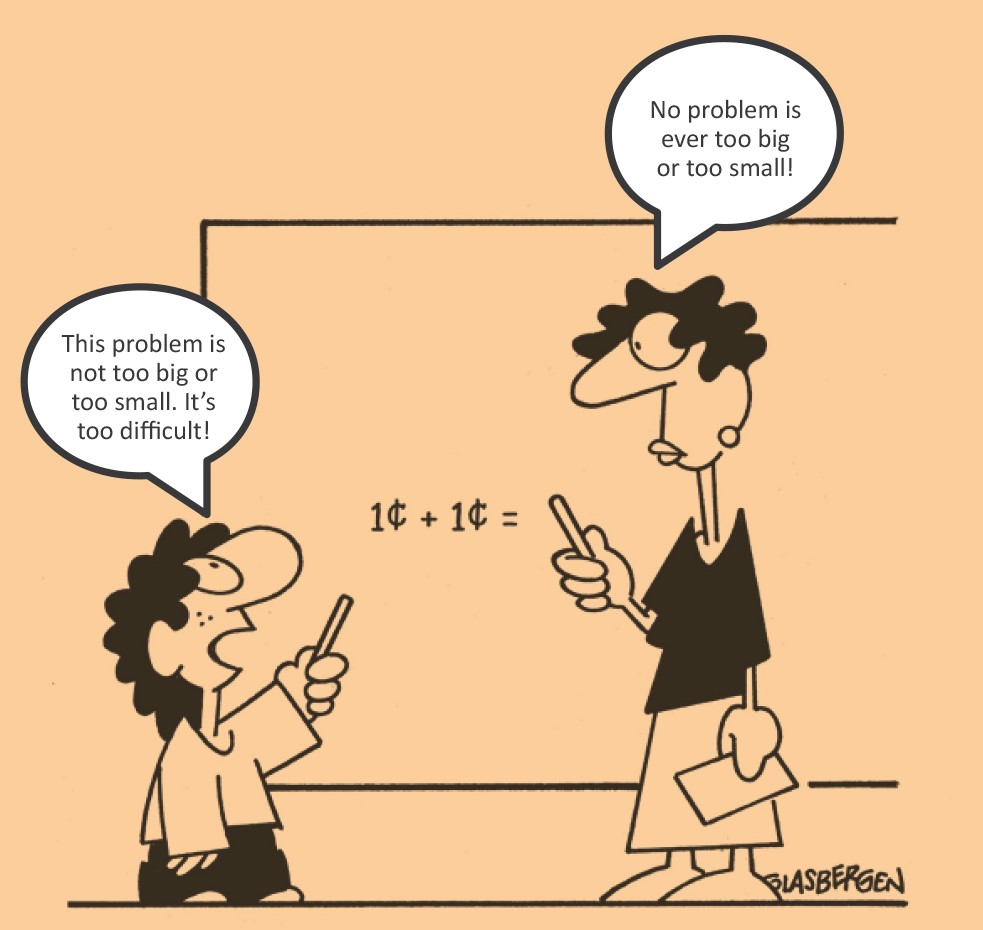Estimated time required to complete module: 20 h
Case study 1 – Beverley drops the ball 1
Classroom teaching is perhaps the most complex, most challenging, and most demanding and frightening activity our species has ever invented. (Shulman, 2004)

Read the following case study as background to this unit. You may download this as a pdf here. |
| BEVERLEY DROPS THE BALL |
Beverley Mathe is a BEd Intermediate Phase student teacher in her third year. She is looking forward to her teaching experience at Yokufunda Primary School. Her previous teaching experiences focussed more on observation but, as a third year student teacher, she is expected to teach at least 60% of the time spent at school. Beverley loves children and she has a close relationship with her two nieces aged 9 and 11. She is therefore confident that She will easily connect with learners in the Intermediate Phase. Beverley is placed with Mrs Venter, a Grade 6 teacher. She suggests that Beverley observes for two days and starts teaching thereafter. Beverley is relieved that she will have time to find her feet first. She finds Mrs Venter to be organised and well prepared for her lessons. Her classroom is extremely neat and the posters on the walls are not only eye-catching but add value to the topics covered in Grade 6. The only thing that troubles her a little is that the tables are set up in neat rows. During her lectures at university, much focus was put on collaborative learning and she was hoping to plan and present a few lessons using collaborative learning as teaching strategy. Eager to impress Mrs Venter, Beverley asks her if she can rearrange the tables to group them together for her first day of teaching. Mrs Venter hesitates for a moment and replies, “Beverley, I have never had my tables and chairs arranged in groups in my twenty years of teaching”. Beverley shares some detail on the theory of collaborative learning with Mrs Venter who takes a real interest. She agrees to have the tables and chairs rearranged, and suggests that they do it before the end of the school day so that the learners can assist. Mrs Venter helps by placing the learners in groups. Beverley leaves school in high spirits, grateful that her mentor teacher is open to new ideas. Every group receives three glass cylinders, one litre of water, three spoons and a variation of solids varying from salt, sugar, sand and maize flower. “Please wait for my instruction…” but it is already too late. A girl at the back of the class tries to grab the water from the boy sitting next to her and it results in a scuffle. Beverley attempts to resolve the tug of war, very much aware of the fact that Mrs Venter is observing her. It takes her several minutes to settle the dispute but at last Beverley resumes the lesson. She introduces the topic and explains what they are going to do and how they will go about it, but it is very clear that only a few learners are paying attention. Some are fiddling with the salt or other solids on the tables while others are whispering to friends. Not sure what to do, she often repeats, “Please listen” and talks a little more loudly. The fact that many of the learners show little interest in her lesson unsettles her to the extent that she loses her train of thought and starts repeating herself. Beverley is now clearly nervous. In an attempt to gain their attention, Beverley decides to move on to the practical part of the lesson. She instructs them to pour water into each of the class cylinders. She realises too late that she should have been more specific as one group overfills the first cylinder. A girl jumps up shrieking that she does not want to be wet. The whole class laughs. Beverley now has to raise her voice again to settle them down. “Class, please settle down so that we can stir the solids into the water to observe the results.” They seem to settle down a little and Beverley uses the opportunity to instruct them to spoon the variety of solids into the water. Chaos breaks loose! Everyone wants to be the first to stir a solid into the water. The noise level hits the roof and, before Beverley can say anything, there is the sound of breaking glass. Mrs Venter jumps up from her chair. “Class, settle down immediately!” There is instant silence. “I am sorry, Ms Mathe, but I cannot allow you to finish the lesson.” Mrs Venter gives instructions to the class to pack up and to clean the mess. Beverley moves between the tables to assist. She is mortified. Her first lesson was a complete failure. How is she going to spend four more weeks with Mrs Venter? |
